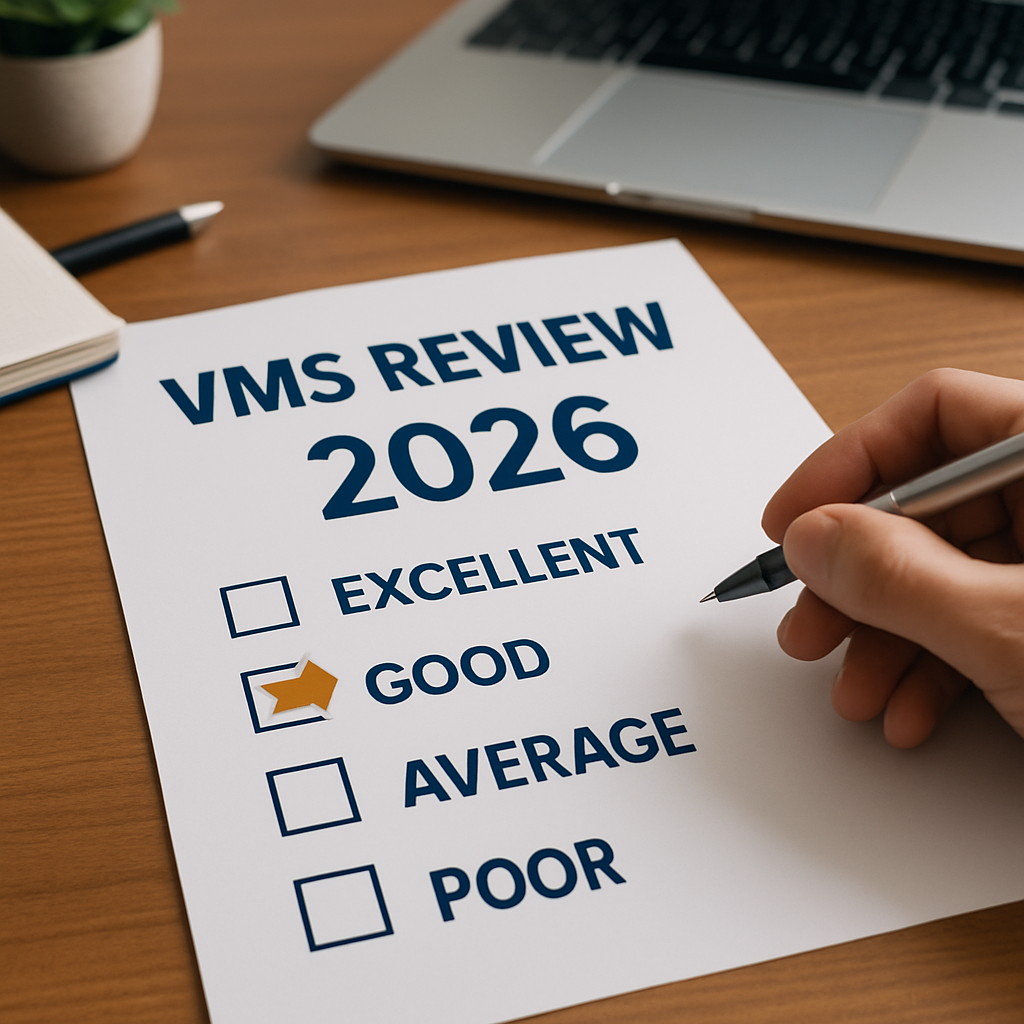In the ongoing quest for operational efficiency, businesses are diligently searching for methods to reduce inaccuracies, redundancies, and wasted time within their operational framework. A common challenge for organizations is dealing with invoice errors and inefficiencies. This article explores how a vendor management system with a closed-loop invoicing system can tackle these issues.
What is a Closed-Loop Invoicing System
A closed-loop invoicing system is an automated, comprehensive platform where all facets of the invoicing process are seamlessly interconnected. This includes time card submission, time card approval, invoice generation, submission, approval, payment, and reconciliation. Each step in this system triggers the subsequent one, creating a flawless loop, hence the term 'closed-loop.'
When it comes to your company's contingent workforce program, and the invoicing of contingent workers and staffing agencies, a Vendor Management System can be the perfect closed-loop invoicing system to save your business time and money.
A closed-loop invoicing system offers a robust solution to these pain points, eliminating invoicing errors, reducing overpayments, and saving significant time.
How a VMS leverage a Closed-Loop Invoicing System
1. Elimination of Invoicing Errors
For organizations that are using paper time sheets and excel spreadsheets to track your extended workforce, the first point of intervention is data entry. Manual data entry is prone to errors; a simple typo can lead to significant discrepancies. Closed-loop invoicing reduces the risk of human error by automating data entry. In a VMS, data is pulled directly from the worker agreement and the approved timecard, eliminating the chance of inaccuracies.
Secondly, the system conducts automatic checks on the invoice content against agreed-upon terms such as prices, quantities, and timecard dates. In case of discrepancies (such as duplicate timecards), the system flags them for review. This immediate check means that errors are caught and corrected early, rather than after payment.
2. Prevention of Overpayments
Overpayments often result from duplicate payments, incorrect amounts being paid, or payments made without receiving the services.
A closed-loop invoicing system links invoices directly to their corresponding timecard and worker contract in the Vendor Management System. It checks rates, hours, shift premiums, and taxonomy. Any discrepancies or duplications trigger alerts, preventing overpayment before it happens.
3. Time Savings
The direct implication of an error-free and overpayment-free invoicing system is time savings. First, the time spent on manual data entry and processing is eliminated. You also save the time typically spent cross-referencing invoices against contracts, and timecards.
Secondly, there is a significant reduction in the time spent rectifying errors and pursuing refunds for overpayments. Each of these tasks involves substantial effort, from identifying the mistake, communicating with vendors, processing paperwork for the adjustment, and finally, reconciling these changes.
Let's consider a simple illustration: If a company takes on average 15 minutes to rectify an invoicing error, and they encounter 100 errors per month, that's 25 hours a month, or 300 hours a year. At an average employee rate of $20/hour, the annual cost of these errors is $6,000 – and that's a conservative estimate, excluding indirect costs like opportunity cost and reputational damage.
A VMS takes over these manual processes, transforming them into automated, streamlined operations. It checks, cross-references, and rectifies on your behalf. Hence, by eliminating errors and overpayments, it allows your team to focus on strategic, value-adding activities instead of troubleshooting avoidable issues.
Final Thoughts
Invoicing forms a critical aspect of a Contingent Workforce Program, and errors can lead to significant resource drain. A VMS that has a closed-loop invoicing system enhances accuracy, ensures optimal use of funds, and saves valuable time. By investing in such a system, businesses can focus more on their core operations, delivering higher value to their stakeholders.
Learn more about How to Choose the Right VMS
Learn more about the Benefits of a VMS and what to look for when choosing the best VMS for your organization. Download our Free VMS Buyer's Guide here:
Discover the Power of Conexis VMS
Conexis VMS is purpose-built for organizations seeking to manage their contingent labor spend effectively. Here’s why we're the right choice:
- Fast Deployment: Get up and running in weeks, not months
- Transparent Pricing: Flexible pricing with no hidden costs
- White-Label Ready: Customize the platform with your brand
- Real-Time Insights: Make faster decisions with built-in analytics
- Audit-Ready Compliance: Store contracts, worker data, and rates in one secure hub
About Conexis VMS
Conexis is an award-winning Vendor Management System built for organizations that want the power of enterprise software without the complexity or cost.
Leveraging the latest technology, Conexis delivers the expertise, reliability and security of enterprise systems, while offering the flexibility, user friendliness and tailored, personal service you require. Learn more about our Company and why organizations Choose Conexis VMS.
Looking to Switch Your VMS or Just Getting Started?
Whether you are looking to Switch your VMS, or just Getting Started, we are here to help. Contact Us for a Free No-Obligation Consultation, See how Easy Conexis is to use by taking a quick 2 minute Self-Guided Online Demo, or Book a Personal Demo Today!
Additional Articles on this Topic:






